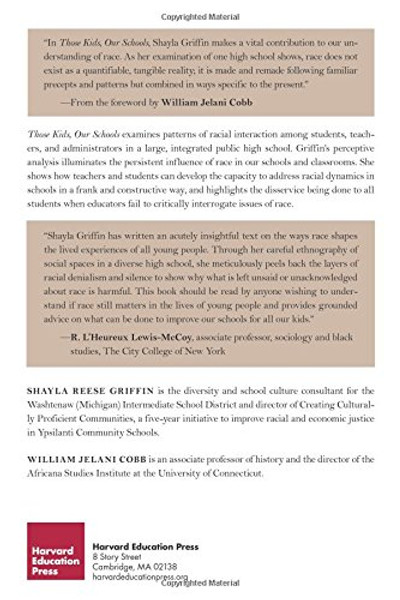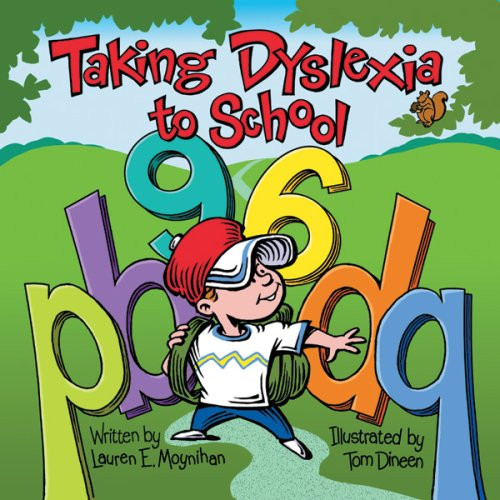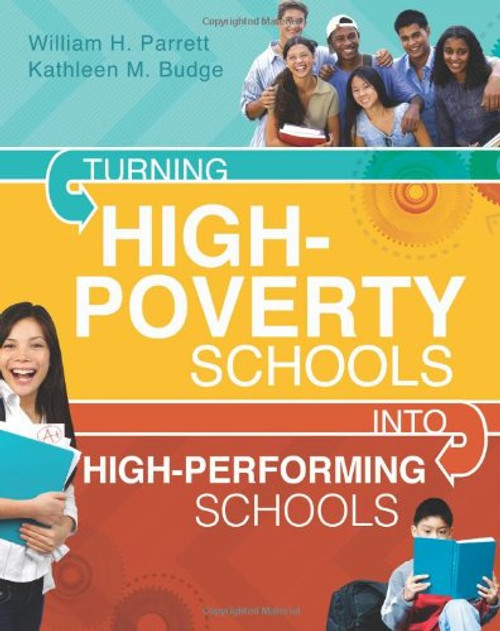Product Overview
InThose Kids, Our Schools, Shayla Reese Griffin examines patterns of racial interaction in a large, integrated high school and makes a powerful case for the frank conversations that educators could and should be having about race in schools.
Over three years, Griffin observed students, teachers, and administrators in a post-racial exurban high school in the Midwest. In its hallways, classrooms, lunchrooms, and staff meetings, she uncovered the disturbing ways in which racial tensions and prejudices persist and are reinforced. Students engaged in patterns of behavior that underscored racial hierarchies. Teachersno matter how intellectually committed to equity and diversityoften lacked the skills, resources, or authority to address racial issues, while administrators failed to acknowledge racial tensions or recognize how school practices and policies perpetuated racial inequality.
This astute and thoughtful book offers a revealing glimpse into the world of young people struggling with the legacy of racism. More important, it highlights the disservice being done to all students in our schools when educators fail to critically interrogate issues of race. Griffins perceptive analysis illuminates the persistent influence of race in our education system and shows howwith appropriate supportteachers and students can develop the capacity to address racial issues and dynamics in schools in a frank and constructive way.
Over three years, Griffin observed students, teachers, and administrators in a post-racial exurban high school in the Midwest. In its hallways, classrooms, lunchrooms, and staff meetings, she uncovered the disturbing ways in which racial tensions and prejudices persist and are reinforced. Students engaged in patterns of behavior that underscored racial hierarchies. Teachersno matter how intellectually committed to equity and diversityoften lacked the skills, resources, or authority to address racial issues, while administrators failed to acknowledge racial tensions or recognize how school practices and policies perpetuated racial inequality.
This astute and thoughtful book offers a revealing glimpse into the world of young people struggling with the legacy of racism. More important, it highlights the disservice being done to all students in our schools when educators fail to critically interrogate issues of race. Griffins perceptive analysis illuminates the persistent influence of race in our education system and shows howwith appropriate supportteachers and students can develop the capacity to address racial issues and dynamics in schools in a frank and constructive way.













